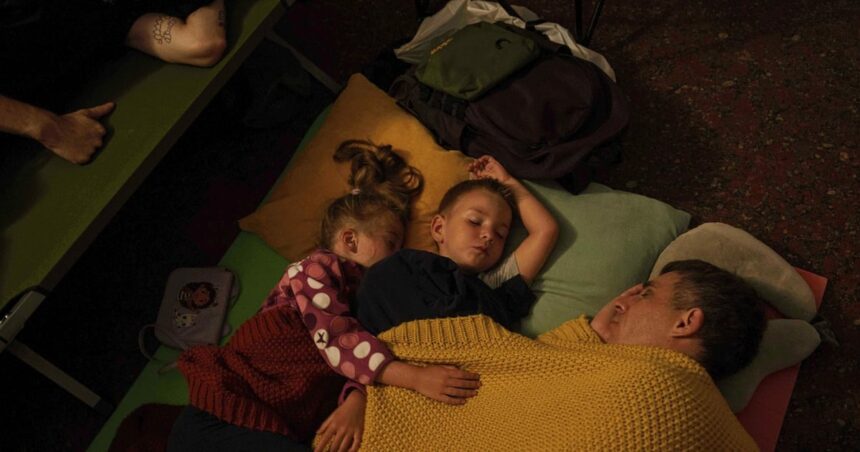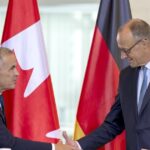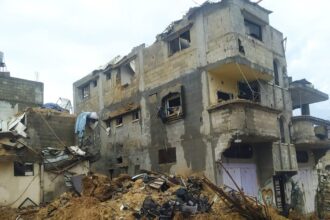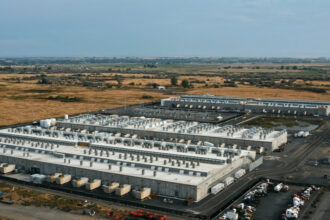As dawn breaks over Kyiv, the Ukrainian capital transforms into a bustling metropolis where cafés fill with patrons, parks bustle with joggers, and streets hum with traffic. By nightfall, this same vibrant cityscape becomes a battlefield where air raid sirens wail and citizens retreat to shelters as Russian drones and missiles target critical infrastructure. This stark duality has become the new normal for Kyiv’s resilient residents.
“We’re living in parallel realities,” explains Natalia Kovalenko, a 34-year-old marketing professional, as we sit in a sunlit café near Independence Square. “During daylight hours, you might almost forget there’s a war. Then night falls, and you’re grabbing your emergency bag and heading to the basement.”
Nearly three years into Russia’s full-scale invasion, Kyiv presents a paradoxical picture of normalcy and crisis coexisting in uneasy balance. The city’s 3.3 million residents have developed remarkable adaptability, maintaining routines despite the persistent threat of aerial attacks that primarily occur between midnight and dawn.
In Podil, Kyiv’s historic district, restaurants overflow with customers enjoying Ukrainian specialties while engaged in animated conversations. Children attend schools equipped with bomb shelters, and the golden domes of ancient churches gleam in the sunlight. This daytime vitality represents not just coping but a form of resistance—a refusal to surrender daily pleasures to war’s grinding pressure.
“Continuing to live as normally as possible is our way of fighting,” says Oleksandr Petrovych, a 56-year-old history professor at Taras Shevchenko National University. “Putin wants to break our spirit, to make normal life impossible. Every business that stays open, every class that continues, every wedding celebrated—these are small victories.”
The economic resilience is striking. Despite early predictions of collapse, Ukraine’s economy has stabilized, with Kyiv’s businesses demonstrating remarkable ingenuity. Power outages from Russian strikes on energy infrastructure prompted massive investment in generators and battery systems. Cafés proudly advertise “blackout-proof” operations, while co-working spaces have become essential community hubs offering reliable internet and electricity.
Yet as darkness falls, Kyiv’s wartime reality reasserts itself. The 11 p.m. curfew empties streets within minutes. Air defense systems stand ready on the city’s perimeter, and the distinctive whine of Iranian-made Shahed drones has become a dreaded night sound. Citizens monitor air raid apps with the same routine attention others might give to weather forecasts.
Recent global developments have intensified anxiety. Western allies’ delays in providing military aid emboldened Russia to launch its largest aerial assault since the war began this past winter. These attacks specifically targeted Kyiv’s power stations, plunging parts of the city into darkness for days and damaging heating systems just as temperatures plummeted.
“The psychological toll is immense,” explains Dr. Iryna Melnyk, a psychologist who works with trauma victims. “Even those who haven’t directly experienced bombardment suffer from chronic stress. Many report sleep disorders, heightened anxiety, and difficulty concentrating—classic symptoms of living in a conflict zone.”
This psychological burden weighs especially heavy on Kyiv’s youngest residents. Schools operate with reinforced basements serving as shelters, and children practice air raid drills with the same routine familiarity that previous generations had for fire drills. Education continues online during the most intensive bombing periods, with teachers and students alike connecting from shelters or safe spaces.
Municipal officials have responded with remarkable efficiency to these challenges. Mayor Vitali Klitschko’s administration has hardened critical infrastructure, established a network of “Points of Invincibility” offering heat, electricity and internet during outages, and maintained essential services despite repeated attacks on power and water systems.
The city’s political significance makes it both a symbolic and strategic target. As Ukraine’s governmental and cultural center, Kyiv represents Ukrainian sovereignty and resistance. Its survival and functioning contradicts Russian narratives about Ukraine’s viability as an independent state.
“What’s happening in Kyiv mirrors Ukraine’s broader situation,” explains political analyst Mykhailo Zahorodnyi. “We’re fighting not just for territory but for the right to determine our own future. The city’s persistence in maintaining normal life while under threat exemplifies our national character.”
Kyiv’s residents have developed unique coping mechanisms. Underground metro stations double as bomb shelters equipped with Wi-Fi and charging stations. Neighborhood groups coordinate assistance for elderly and disabled residents during alerts. Dating apps remain active with profiles specifying “bomb shelter on premises” as a desirable feature for meeting locations.
As winter approaches, bringing longer nights and increased vulnerability to energy disruptions, Kyivans are preparing with characteristic thoroughness. Homes stock emergency supplies, businesses install additional backup systems, and the city has established warming centers in anticipation of possible heating outages.
This adaptation represents not resignation but determination. In conversations across the city, residents consistently express resolve rather than despair. Their message is uniform: Russia’s strategy of making civilian life unbearable has failed to break Kyiv’s spirit.
As evening approaches and café patrons begin checking their phones for air raid notifications, the question hanging over Kyiv is not whether its people can endure this dual existence, but how long they must do so before Ukraine can reclaim peace across all hours of the day?

























